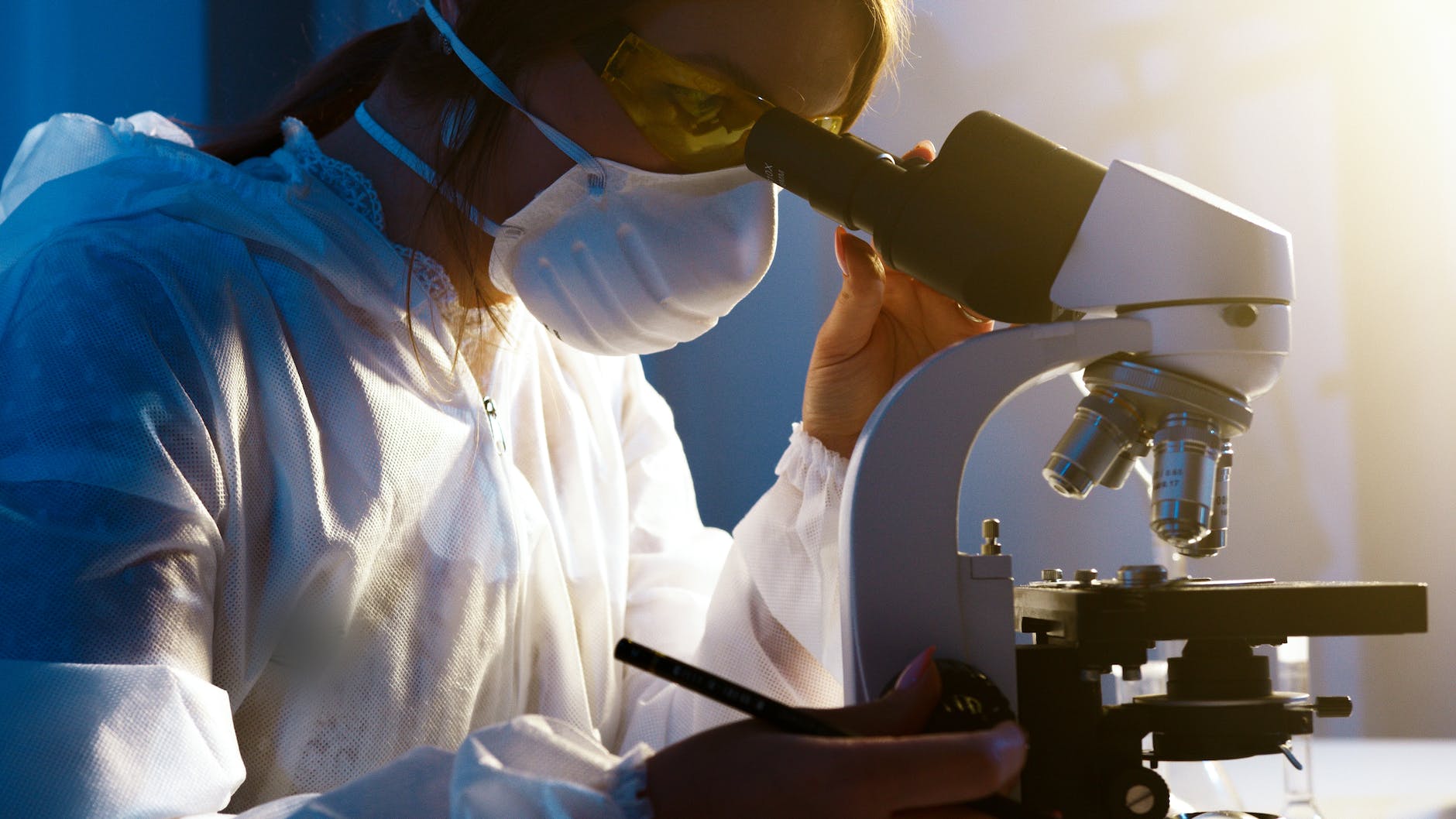
Medical education is essential for a health-care system. It provides rigorous, up-to-date, and comprehensive medical training to ensure that patients receive the best possible health care. Some of the ways we can improve medical education are as follows:
Student-Patient Interaction
Good medical schools expose their students to patient interaction at an early stage so that they can begin to cultivate the qualities that will make them good doctors. Early interactions with patients will expose medical students to the practical experience of dealing with real-life patient situations, as well as the qualities that distinguish good doctors.
Interactive Teaching Sessions
Professors should involve students in the discussion. The class should be divided into groups. Instead of simply reading the slides, teachers should relate the topics to everyday life and assign topics to students to represent them. This will keep all the students engaged in the class and they will attentively listen to the teacher. This is the best method for building the interest of the students in the topic.
Practical Demonstrations
For medical students, theoretical and practical knowledge are equally important. However, students’ primary focus is solely on theoretical and bookish knowledge. The medical educator should create a learning environment in the classroom that encourages and motivates students to learn practical skills as well. To develop an undergraduate medical curriculum to be competency-based, suitable and effective teaching strategies for acquiring basic practical skills must be implemented as soon as possible.
Fully Equipped Medical Research Centre
Medical schools that produce competent professionals should provide adequate research facilities to future doctors. Every day, discoveries in medicine are made. What was relevant yesterday may become obsolete in a few months. Only through research can students discover new ideas and become acquainted with recent developments in the world of medicine.
Support System for Students
Students in medical school require as much assistance from the institution as possible. Taking medical classes can be difficult because it is a field that allows no room for error as it deals with human life. It is common for students to be stressed. Some of the students may not be able to focus on their studies due to many reasons. A good medical school will provide proper counseling and motivational sessions for such students.
Personality Development
A good medical school encourages all of its students to actively participate in social welfare work. This will develop humility and empathy in students. Proper sessions should be conducted for communication skills development. Good communication is the most vital skill for the doctor as it helps them to understand their patient’s concerns and explain a diagnosis.
Collaboration and Confidence Building
Students are supposed to study and work on assignments as a group so that they can develop teamwork skills from the beginning. A good medical student teaches and assists other students who are having difficulties. It is the teacher’s responsibility to appreciate the students so that they can be more confident.
Conclusion
Medical knowledge acquisition and retention is a difficult task that traditional lecture-based teaching methods have not addressed. The problem-based learning style should be implemented to promote active learning among students through self-directed and group-based learning.
===
Dr. Talha Malik is an MBBS student in Pakistan.
References:
Charlotte R. den Bakker, Renée A. Hendriks, Mirjam Houtlosser, Friedo W. Dekker & Adriaan F. Norbart(2022)Twelve tips for fostering the next generation of medical teachers,Medical Teacher,44:7,725-729,DOI: 10.1080/0142159X.2021.1912311
Vogel D, Harendza S. Basic practical skills teaching and learning in undergraduate medical education – a review on methodological evidence. GMS J Med Educ. 2016 Aug 15;33(4):Doc64. doi: 10.3205/zma001063. PMID: 27579364; PMCID: PMC5003143.
Interested in teaching medical literacy pain free? Shop medical literacy resources!
You may also be interested in the following articles:
How to promote self-directed learning in medical education
How to improve medical education
What makes a good medical teacher
5 Areas of improvement for teaching in medical education
Becoming a good medical educator
Interrogating medical trainees in ward rounds: Fear and the Socratic method

